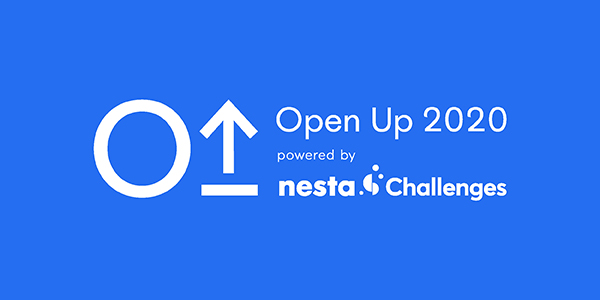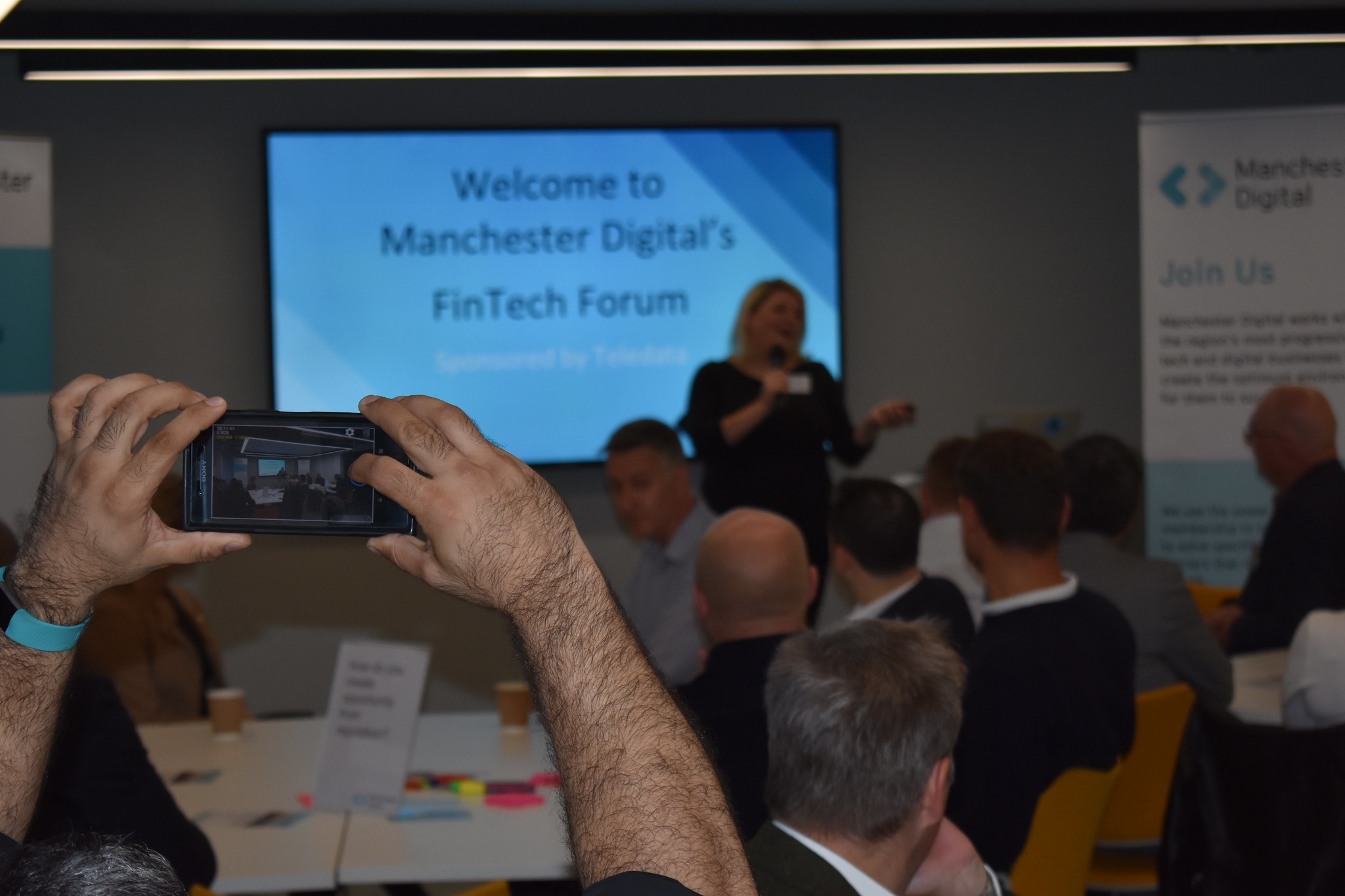
The world is full of sensors collecting information on things; more and more of these sensors are connected to the internet making this information available in real-time: The Internet of Things. IoT has made big waves in businesses with complex supply chains, which are ripe for efficiency gains using IoT. DHL claim to have improved overall efficiency by 10% through IoT. Financial Services, on the other hand, hasn’t seen such dramatic returns.
Why has Financial Services been slow to adopt IoT?
The clue’s in the name: FS is a services industry that doesn’t have the same supply chain challenges that IoT has been so successful in over-coming. The focus thus far has been more on customer service and pricing improvements that can be driven by these craftly little sensors connected to the web.
We’re continually assessing how new technologies like IoT can be applied to our clients in the Financial Services industry in a way that can generate a real ROI. It’s just as much about understanding the constraints and limitations for banks adopting IoT as it is about how IoT could help.
It’s my view that Banks should focus on applying IoT in places where it can bring value to the customer, and forget about potential efficiency gains for now, as they are far harder to achieve through a single project.
With that in mind, here are my top three IoT applications for Banking for 2019.
1. More accurate product pricing
IoT isn’t a new phenomenon in the world of car insurance – for several years now newly qualified drivers have benefited from lower premiums by placing a black box in their car, which monitors aspects of the driver’s actual behavior to set the price. One could envisage a scenario where data on a crash is instantly sent to the insurer, to automate the claims process and ensure fair value for all parties.
Further, as wearables have become more prevalent this trend is starting to influence health insurance schemes as well. Vitality in the UK offers deals and rewards based on customer activity, tracked through a smart watch and a dedicated app. As the wearables begin to monitor even more data points – irregular heartbeats, as announced in the latest iWatch update – health insurance premiums will become much more accurate and fact based, to the benefit of both the bank and the customer.
2. Product flexibility
Effective application of IoT – the marriage of sensors, real-time data and analysis – could allow banks to provide more flexible products to customers. For instance, the rate and size of a business loan could be determined by real-time information that highlights the health of a business. By monitoring stock levels of a manufacturing company, banks could create products that allow the company to pay back more when business is good, less when business is bad. Credit could be provisioned as and when it is required, at a rate that provides value to the customer and greater protection of default to the bank.
3. Augmenting the customer experience
In comparison to other industries which have driven operational efficiencies through IoT, Financial Services firms can really focus on enhancing the customer experience. Physical payment journeys are a great example, where sensors could be used to streamline the shopping experience, much like in the Amazon Go trial. It also presents a great opportunity to interact with a customer in a new way – providing financial information as and when it is needed by the customer. This could be location based budgeting information (eg. a reminder of your grocery budget when you enter a supermarket) or voice-activated bank transfers in the home – the “Jetsons” home is here and it presents a great opportunity for banks to interact with their customers.
Do banks have bigger fish to fry?
As a consumer I find these examples exciting. There are other examples that we can get excited about, but perhaps we shouldn’t. A major obstacle facing banks’ adoption of IoT solutions is how many external participants they depend on. Whereas a logistic company can implement IoT end-to-end, a streamlined physical payment journey requires collaboration from the retailer, as well as the payment merchant. Banks would be wise to concentrate efforts on the flexible product IoT projects, given these are not so dependent on multi-party collaboration.
When faced with the other challenges of data privacy, unwanted intrusion, security and the cost of implementing sensors, banks need to be very careful in ensuring the ROI is there before ploughing into an IoT project just because others are reaping benefits, or vendors are pushing a hard sale. Banks have no shortage of tech projects to invest in and from what we’re seeing, banks can potentially achieve a greater ROI with an AI-ML project. Not to say that there are not IoT projects out there with great promise worth embarking on now. But only where the end goal is clear. IoT, like most new tech, is rife with pitfalls and potentially empty promises.









